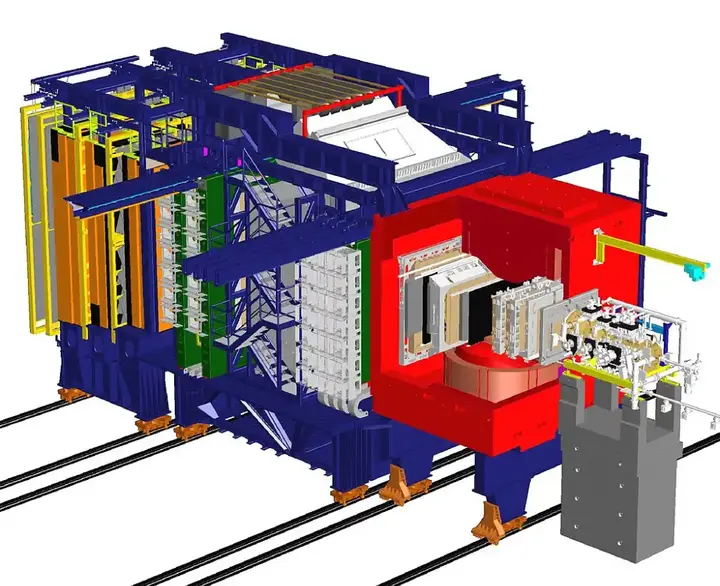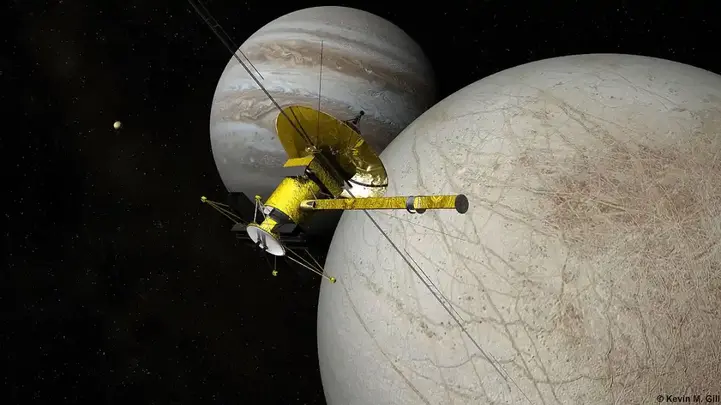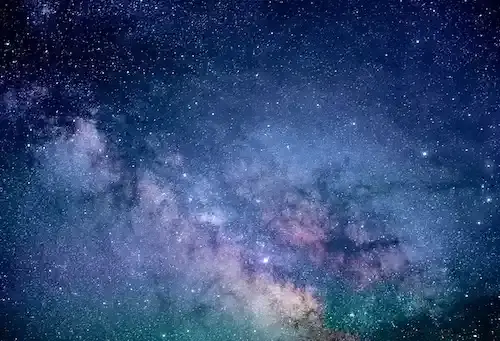Launch into the future: 5 exciting space missions of 2024!
As we enter an exciting year 2024, the universe is calling for a celestial constellation that promises to leave stargazers and space enthusiasts on the edge of their seats.
Show key points
- Artemis II is set to launch as early as November 2024, marking NASA's first crewed mission to the Moon in over 50 years and laying groundwork for future Mars exploration.
- ESA’s Hera mission, launching in 2024, will study the aftermath of NASA’s DART asteroid impact to assess its effectiveness as a planetary defense strategy.
- Set to launch in October 2024, Europa Clipper will investigate the ice-covered moon of Jupiter to assess its potential for life and prepare for future surface exploration.
- ADVERTISEMENT
- The Chang’e 6 mission from China plans to return the first soil and rock samples from the Moon’s far side, aiming to enhance our understanding of its composition and water potential.
- NISAR, a collaborative mission between NASA and ISRO, will provide high-resolution Earth imaging to monitor natural disasters and track climate-related changes.
- These five missions represent major international efforts to explore space and Earth, each contributing significantly to science, safety, and potential future colonization.
- With cutting-edge technology and critical objectives, 2024 is shaping up to be a landmark year for space exploration and planetary science.
Get ready to embark on an interstellar journey as we count down to five extraordinary space missions set to redefine our understanding of the universe. From lunar adventures with Artemis II to uncovering the secrets of distant worlds with Europe Clipper, these missions push us to the next frontier of human exploration and discovery.
Fasten your seatbelts, the universe is about to make a huge show, and you won't want to miss a second of it!
1. Artemis II

The Artemis program is NASA's plan to return to the moon. It will send humans to the moon for the first time since 1972. Artemis also includes plans for a long-term sustainable presence in space that would prepare NASA to eventually send humans farther — to Mars.
Recommend
The mission is based on the Artemis I program, which sent an unmanned capsule into lunar orbit in late 2022.
Artemis 2's plan is to send four astronauts in the first manned Orion spacecraft to fly close to the moon for a maximum of 21 days using the Space Launch System. The mission features multiple departures, including a free return path from the moon.
It is currently planned to launch as early as November 2024. But there is a possibility that it will be postponed to 2025, depending on whether or not all the necessary equipment, such as spacesuits and oxygen equipment, is ready.
2. Hera

In September 2022, NASA's Dart mission encountered a system consisting of two asteroids called Dedymos and Demorphos, and collided with Demorphos (the smaller partner). The collision had a purpose: to find out if such a collision could turn the asteroid in its path - a necessary goal if the Earth became the target of a direct strike from an oncoming asteroid.
Two years later, the European Space Agency's Hera mission will launch to visit the same pair of asteroids. It is not designed to hit either object, but to measure the effect of the previous Dart. At the time of the impact, Demorphos' orbit around Dedymos became 33 minutes faster, an important motion that showed the asteroid's path could be deflected.
What we don't know (and won't know until Hera's arrival in 2026) is how effective the effect is. Did Demorphos stay in its new orbit, revert to its old orbit, or continue at speed? Hera will investigate in detail, and her findings will help determine Earth's planetary defense protocol.
Hera has a mass of 1128 kilograms, and carries a load of cameras, altimeter and spectrometer. It will also carry two small CubeSats satellites, dubbed Milani and Juventas.
Hera will fully characterize the structure and physical properties of the binary asteroid system, including, for the first time, internal and internal structures. It will also conduct technological demonstrations related to operations in the vicinity of a small object and deploy and communicate with CubeSats in interplanetary space.
3. Europa Clipper

Europa Clipper is scheduled to launch in October 2024, an interplanetary mission being developed to study the Galilee moon Europa through a series of flights while in orbit around Jupiter.
This mission has been long overdue, since the Galileo mission first showed us views of Europa's ice surface in the late nineties. Since then, we've learned about the ocean that lies beneath the ice crust, and we're excited to learn more.
EuropaClipper's goals are to explore Europa, verify its habitability and help choose a landing site for the future Europa Lander. This exploration focuses on understanding the three main requirements of life: liquid water, chemistry, and energy.
4. Chang'e 6

Chang'e 6, China's newest mission to the moon, is scheduled to launch in May 2024 and aims to obtain the first-ever soil and rock samples to return to Earth; the initial phase of the mission is expected to last about 53 days. Like its predecessors, the spacecraft is named after the Chinese goddess of the moon Zhang Ah
This is especially important because the spacecraft will collect material from the far side of the moon – the southern part of the Apollo crater that itself lies within the Aitken Basin of the greater Antarctic.
It is believed that this area has abundant frozen water. We don't have any material samples from this part of the moon – and although any ice will disappear by the time the samples return to Earth, we are expected to learn a lot about this unexplored region and its potential as a water source for human visitors.
5. NISAR

NISAR is the world's most expensive Earth imaging satellite developed jointly by NASA and ISRO.
The task is to use advanced radar imaging to map the height of the Earth and ice masses four to six times a month with an accuracy of 5 to 10 meters. It is designed to observe and measure some of the planet's most complex natural processes, including ecosystem disturbances, ice sheet collapse, and natural hazards such as earthquakes, tsunamis, volcanoes and landslides.
All data from NISAR will be available free of charge after a day or two of monitoring and within hours in emergency situations such as natural disasters.
Data collected from NISAR will reveal information about the evolution and state of the Earth's crust, help scientists better understand our planet's natural processes and climate change, and help manage future resources and risks.








